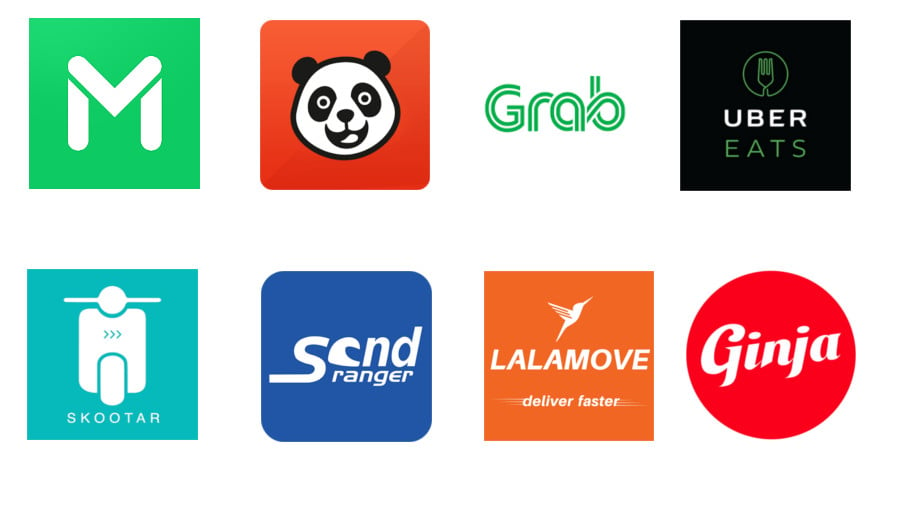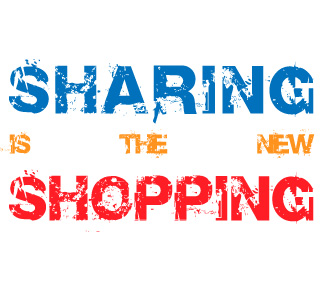
There have a lot of delivery food company around the world but why they cannot make profitable but there are always investor ready to invest because they believe that someday a business will be able to make profitable.
How are these delivery food companies profitable? for example, delivery food company earnings come from deducting 25% of the ride fare. This mean that if the fare is 100 zloty, the driver gets 75 zloty, and all of these company get 25 zloty on the other hand the 25 zloty will go toward advertising, driver promotion, developer wages, self-driving car R&D, back office system, liaising with government in each country on legal matters, fight lawsuits and salaries of employees but it is less profitable.
On the other hand, why do investors still invest in this business ? for example this is Uber’s latest 4 quarter earning Q3 Year 2018, revenue around 2532 million dollar, loss around 835 million dollar, Q4 Year 2018, revenue around 2560 million dollar, loss around 751 million dollar Q1 year 2019, revenue around 2671 million dollar, loss 862 million dollar as you can see The profit is constantly increasing and there are still losses, making investors think that they can still make a profit and find a solution to the problem of losses of profitable.
In America when customer want to use delivery food service they have to spend a shipping cost, tip and cost of food but it make customer spend a lot of money for delivering 1 time that make they have to spend tip and shipping cost that makes this part of the cost almost equal to half the price of food and this isn’t worth for customer in America. In my opinion these food delivery companies might be difficult to do in the future because in this situation after COVID-19 pandemic people they didn’t work from home that make decreasing of profitable for those delivery companies. In the future, we have to see how these companies find the solution.
source:
Boom Time for Food Delivery Platforms, But Still Not Profitable (industryleadersmagazine.com)
https://en.m.wikipedia.org/wiki/Uber
https://www.businessinsider.com/uber-biggest-risks-according-to-wall-street-2019-8
https://www.pymnts.com/news/ridesharing/2018/uber-grab-sale-acquisition-profit-q1/

